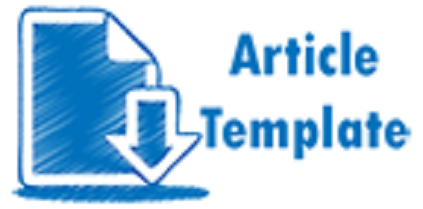DEVELOPMENT OF THREE-DIMENSIONAL ROLLING TRUCK LEARNING MEDIA FLAT BUILDING MATERIALS IN CLASS II ELEMENTARY SCHOOL STUDENTS
DOI:
https://doi.org/10.55719/elenor.v2i1.849Keywords:
Three Dimensional Truk Oleng Media.Abstract
This research is a development research which aims to develop a learning media, namely the ‘Truk Oleng’ media on flat shape material. The purpose of the researchers to develop the ‘Truk Oleng’ media is to determine the level of validity, practicality, and effectiveness of the Oleng Truck media that has been developed. Development is carried out using the ADDIE model which consists of 5 (five) stages, namely analyze, design, develop, implement, and evaluate using two types of data, namely qualitative and quantitative. The subjects of this study were experts in accordance with their fields as well as teachers and class II students at SDN Banjaragung II. In this study, researchers used validation sheets, interview sheets and also tests to measure the success rate of this Oleng Truck media. The data analysis technique used is validity data analysis, practicality data analysis, and effectiveness data analysis. Based on the validation test, the results show that the Oleng Truck media developed has very valid criteria for use, with a percentage of material experts 94%, media experts 76%, and linguists 76%. Apart from that, the development of the Oleng Truck media also tested the practicality and effectiveness. The percentage results for the teacher's response questionnaire were 93.4% with very practical criteria. The percentage results for the student response questionnaire are 95% with very practical criteria. Based on the results of student tests carried out in the trial, it produced a percentage of 91.7% with very effective criteria. Based on the details of the acquisition of these values, it can be concluded that the Oleng Truck media is very valid, practical, and effective to use in the learning process.
Downloads
References
I. Biassari, K. E. Putri, and S. Kholifah, “Peningkatan Hasil Belajar Matematika pada Materi Kecepatan Menggunakan Media Video Pembelajaran Interaktif di Sekolah Dasar,” J. Basicedu, vol. 5, no. 4, pp. 2322–2329, 2021, [Online]. Available: https://jbasic.org/index.php/basicedu/article/view/1139
A. D. Puspitasari, R. A. Hidayat, and A. C. Pritasari, “Miniature Map of the Indonesian Colomination Period As a Medium of Elementary Learning in Class V Theme 7 Sub Theme 1,” CITRA Int. J. Community Serv. Informatics, Technol. Res. Educ. Atr Humanit., vol. 1, no. 1, pp. 1–12, 2021, [Online]. Available: http://journal.citradharma.org/index.php/citra/article/view/278%0Ahttp://journal.citradharma.org/index.php/citra/article/download/278/78
F. I. Rahma, “Media Pembelajaran: kajian terhadap Langkah-langkah Pemilihan Media dan Implementasinya dalam Pembelajaranbagi Anak Sekolah Dasar,” PANCAWAHANA J. Stud. Islam, vol. 14, no. 2, pp. 87–99, 2019.
A. M.Pd, N. Rini, and L. Parida, “Analisis Faktor-Faktor Yang Mempengaruhi Rendahnya Hasil Belajar Siswa Pada Pelajaran Matematika,” J-PiMat J. Pendidik. Mat., vol. 3, no. 1, pp. 295–306, 2021, doi: 10.31932/j-pimat.v3i1.1129.
Rayanto, Y. H. (2020). Penelitian Pengembangan Model Addie Dan R2d2: Teori & Praktek. Lembaga Academic & Research Institute. (Online). (https://scholar.google.com/citations?user=_lmhmx4AAAAJ&hl=id&oi=sra. Diakses pada tanggal 15 Mei 2023)
Rohani, R. (2019). Media pembelajaran. (Online). (https://scholar.google.com/citations?user=H6moa6wAAAAJ&hl=id&oi=sra. Diakses pada tanggal 30 April 2023)




















